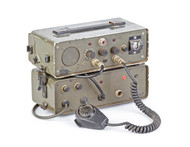Beyond the Box: How Rugged Computers Power Ham Radio Adventures (SOTA, POTA, Field Day & More)
Posted by Doran Janeka on 18th Jul 2025
Ham radio operators have long provided critical communication during disasters, from the 2003 Northeast blackout to hurricanes and wildfires. But emergency response is only part of the picture. Today, amateur radio also plays a significant role in popular events such as Summits on the Air (SOTA), Parks on the Air (POTA), and the ARRL’s Annual Field Day.
These activities rely on temporary setups in unpredictable environments where aspects like rough terrain and bad weather test even the best equipment. However, the goal remains the same: maintaining open communication lines when it matters most.
To stay connected, operators use more than just radios. Antennas, digital modes, and field-ready computers enable them to decode signals, log contacts, and manage setups in areas without reliable power or internet. Rugged laptops and tablets are integral to this solution, providing the durability and performance necessary to support field operators.
This article examines how rugged computers enable portable ham operations, whether you’re set up on a remote mountain, deep in the backcountry, or responding to a local emergency.
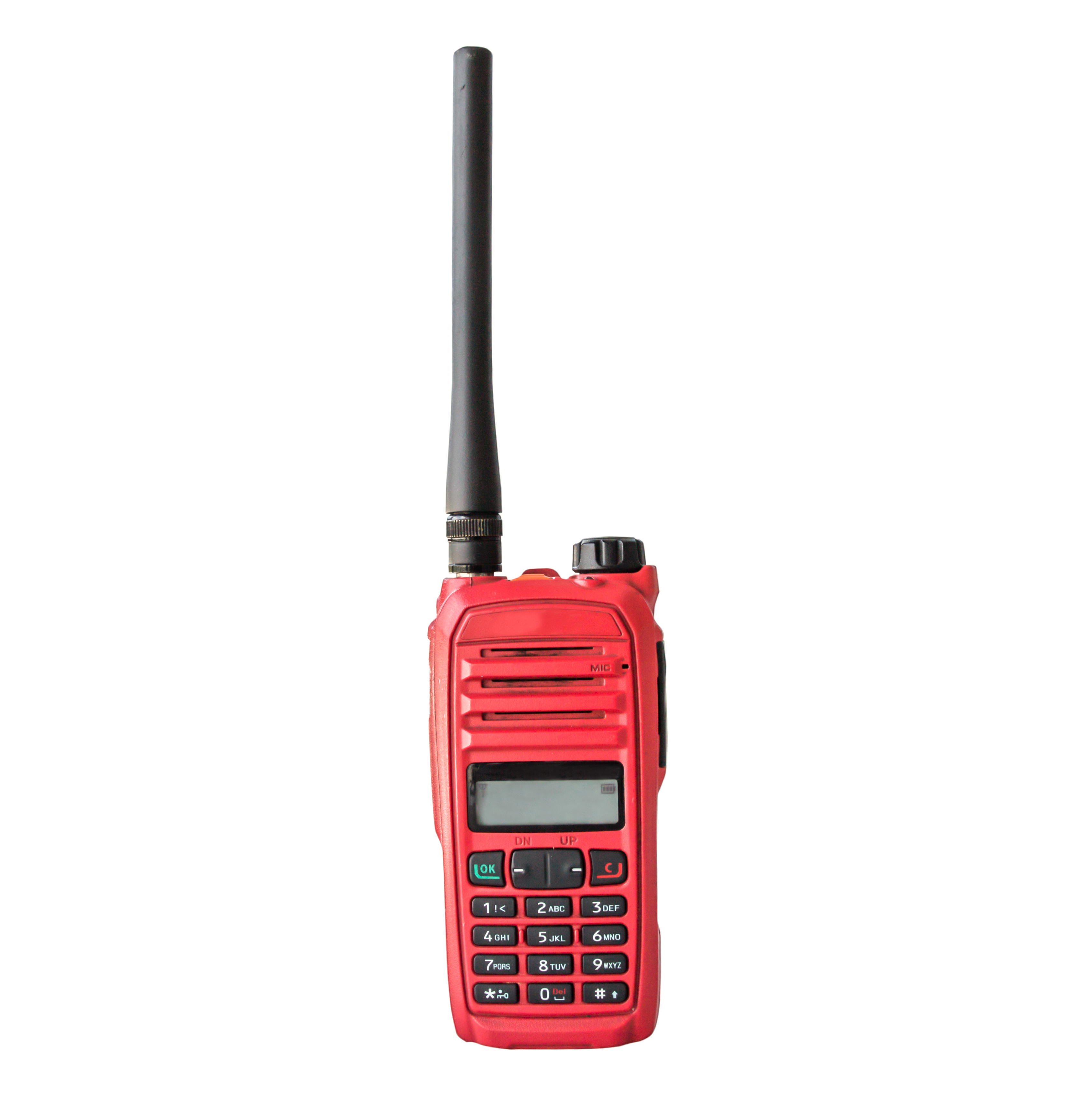 How Ham Radio Evolved Beyond the Microphone
How Ham Radio Evolved Beyond the Microphone
Ham radio has evolved from spark-gap transmitters and analog voice to today’s digital modes like FT8, Winlink, and D-Star. These modern protocols support everything from real-time text to off-grid email. That shift makes rugged computers a vital tool for managing digital modes in the field.
Rugged Computers as the Backbone of Remote Operations
Many ham operators work in the backcountry, far from power outlets or internet access. In these wilderness conditions, the terrain and elements can quickly wreak havoc on your equipment’s performance. As a result, regular laptops and tablets often fall short. Instead, it's better to get rugged computers that can withstand the punishment that goes hand-in-hand with outdoor use.
The following capabilities make rugged computers a reliable choice for backcountry and off-grid operations.
Robust Build for Protection Against the Elements
Rugged field computers are sealed to IP-rated standards, blocking out dust, moisture, and weather to keep vital components protected during exposure. They also undergo drop-tested durability assessments, designed to simulate impacts on rocky trails and unstable campsites. Meeting these standards ensures the units remain functional during transport and setups during backcountry deployments.
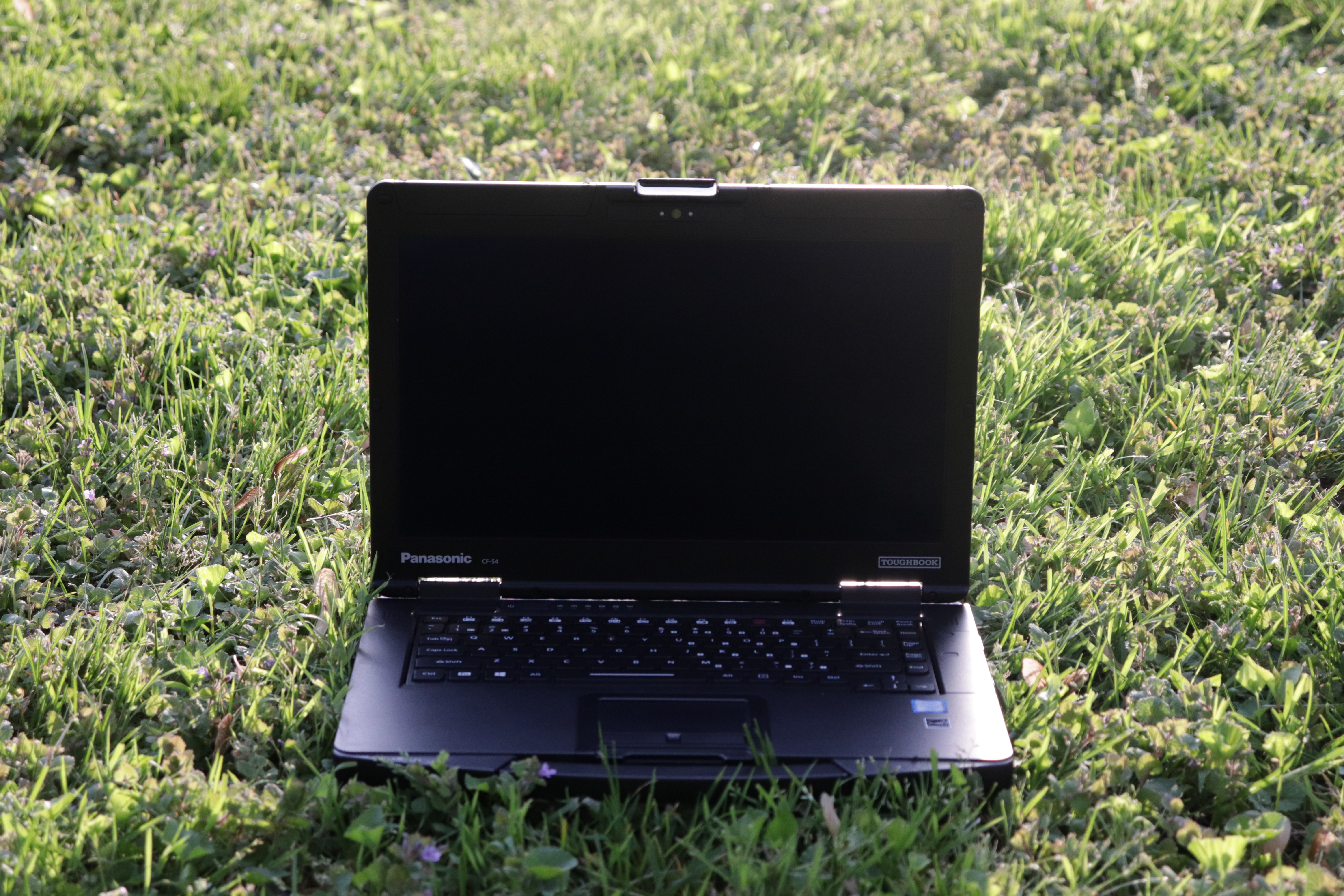 Clear Visibility for Daylight Logging
Clear Visibility for Daylight Logging
When you’re logging contacts in full daylight, glare becomes more than a minor inconvenience. Rugged laptops and tablets offer anti-glare coatings and high-brightness screens to improve visibility in direct sunlight.
These capabilities are extremely useful for on-the-go ham radio operators managing tasks in bright daylight. They help them see pertinent details clearly without having to adjust the screen angle or add covers.
Many rugged laptops also come with glove-compatible touch screens or precision touchpads. These features enable real-time logging during SOTA activations, allowing operators to continue logging contacts or adjusting radio settings without removing cold-weather gloves when it’s freezing.
Built-in I/O for Ham Radio Integration
Ham radio setups in the field depend on reliable wired connections, but many standard laptops fail to meet this requirement. Rugged computers solve this by including the ports operators actually need, which means you won’t have to rely on flimsy adapters.
These often include:
- Serial ports (DB9): For connecting to legacy radios and terminal node controllers (TNCs).
- USB-A, USB-C, and SD card slots: To support digital accessories, storage access, and software updates.
- Ethernet ports: For direct LAN connections during multi-station events or local D-STAR node access.
- Audio jacks: Critical for operating sound card modes like FT8 and PSK31 with apps such as WSJT-X or FLdigi.
Power Efficiency and Off-Grid Charging Options
Remote locations like mountains and parks are great for remote contacts, but they’re not exactly known for reliable power access. That’s why it pays to have a rugged computer that can operate efficiently and recharge in the field.
The following energy-saving features and off-grid charging options can help you stay connected and avoid mid-activation shutdowns:
- Extended battery life: Optimized hardware reduces the need for frequent charging during long sessions.
- Swappable battery packs: Hot-swappable designs let users change batteries without shutting down the service.
- Low power draw: Smart power management reduces energy consumption when needed in remote and demanding environments.
- Solar panel compatibility: Many models support charging through foldable or mounted solar arrays.
- Inverter-friendly charging: AC/DC adapters allow users to connect to portable power stations, vehicle inverters, or battery banks.
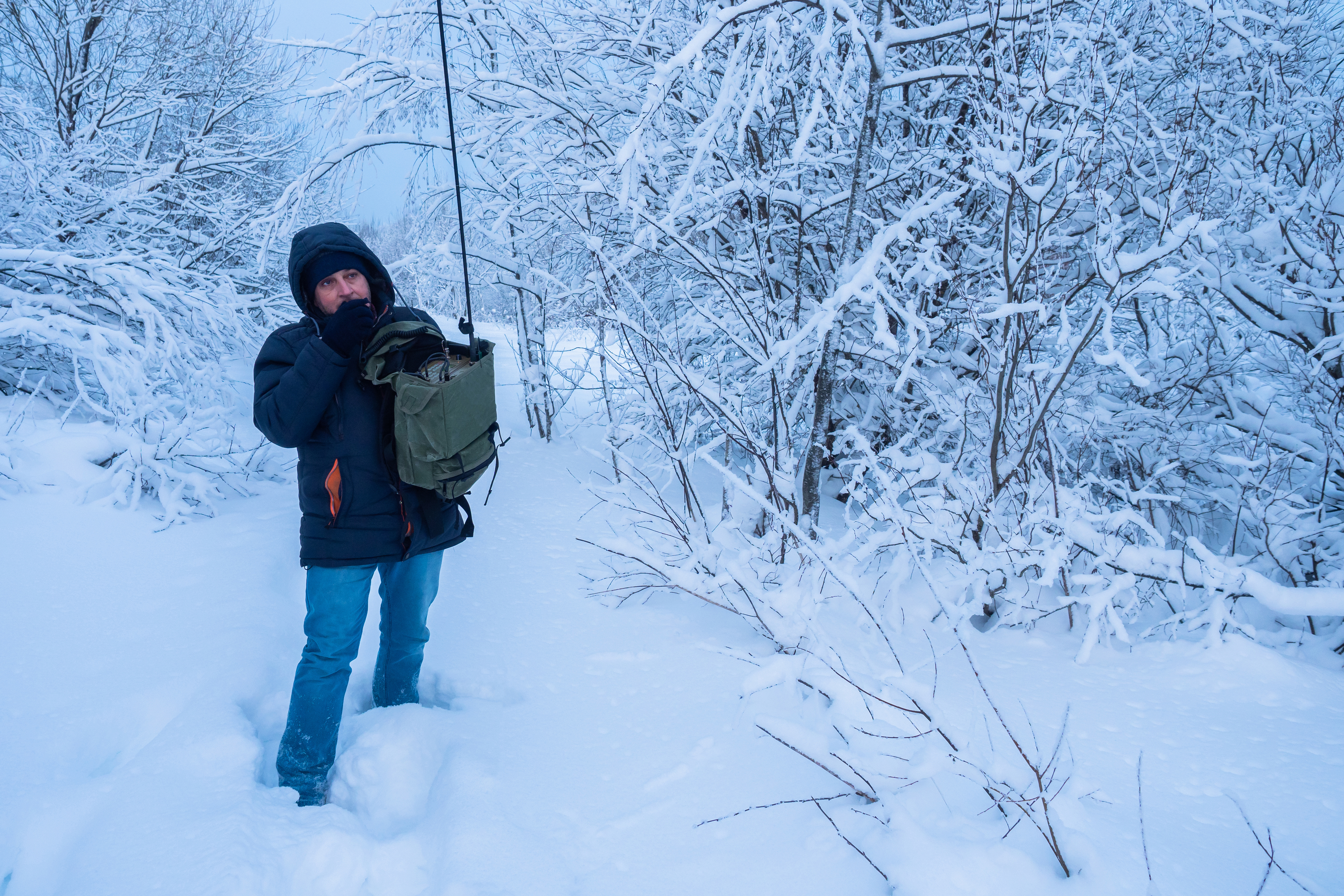 How Rugged Laptops Enhance SOTA and POTA Adventures
How Rugged Laptops Enhance SOTA and POTA Adventures
SOTA and POTA are two popular methods for radio amateurs to take their gear into the wilderness. SOTA encourages portable operation from summits, while POTA focuses on radio contacts made from designated public lands. However, neither venue will be much fun if conditions like wind, weather, and spotty reception make operations unpredictable.
SOTA-Specific Laptop Advantages
SOTA activations take operators to high elevations where strong signals meet harsh conditions. Summit operations often involve rocky terrain and sudden weather shifts that challenge your gear and equipment.
Rugged laptops are designed to handle these extremes. For instance, shock-resistant frames, sealed ports, and weather-tolerant components keep your system running even when dropped, exposed to wind, or used on uneven ground.
They also support digital modes like FT8, which excels in low-power, weak-signal environments. With real-time decoding and compact setups, rugged machines help operators maximize limited gear in the field.
Offline GPS mapping is another advantage. Many systems allow you to preload topographic maps and track your route without cell service, a vital backup when navigating unfamiliar trails or summits.
Reliable Tools for POTA Activators
Operating in a park comes with its own set of challenges. Dense tree cover, changing weather, and limited cell service can quickly put a damper on your well-planned POTA activation. To keep this from happening, you can depend on a rugged laptop. It offers a reliable platform for logging contacts, even if you're working from a damp picnic table or a shaded tent.
To help your signal reach more users, spotting networks are incredibly useful. However, a strong and stable connection is needed to make that happen. Rugged systems often hold that connection longer, thanks to stronger built-in antennas and extended battery life. These features make it easier to stay visible even in areas with weak signals.
Additionally, when internet access is unavailable, a rugged laptop still keeps you connected. With the right portable modem, it supports Winlink systems that let you send and receive email entirely over radio frequencies. This capability is particularly valuable in remote parks where mobile service can be unreliable or non-existent.
Finally, reliable power is essential during multi-day activations. As you may recall, some rugged models support hot-swappable batteries, while others pair well with compact solar charging kits. These options give you the flexibility to keep your equipment running without cutting your day short.
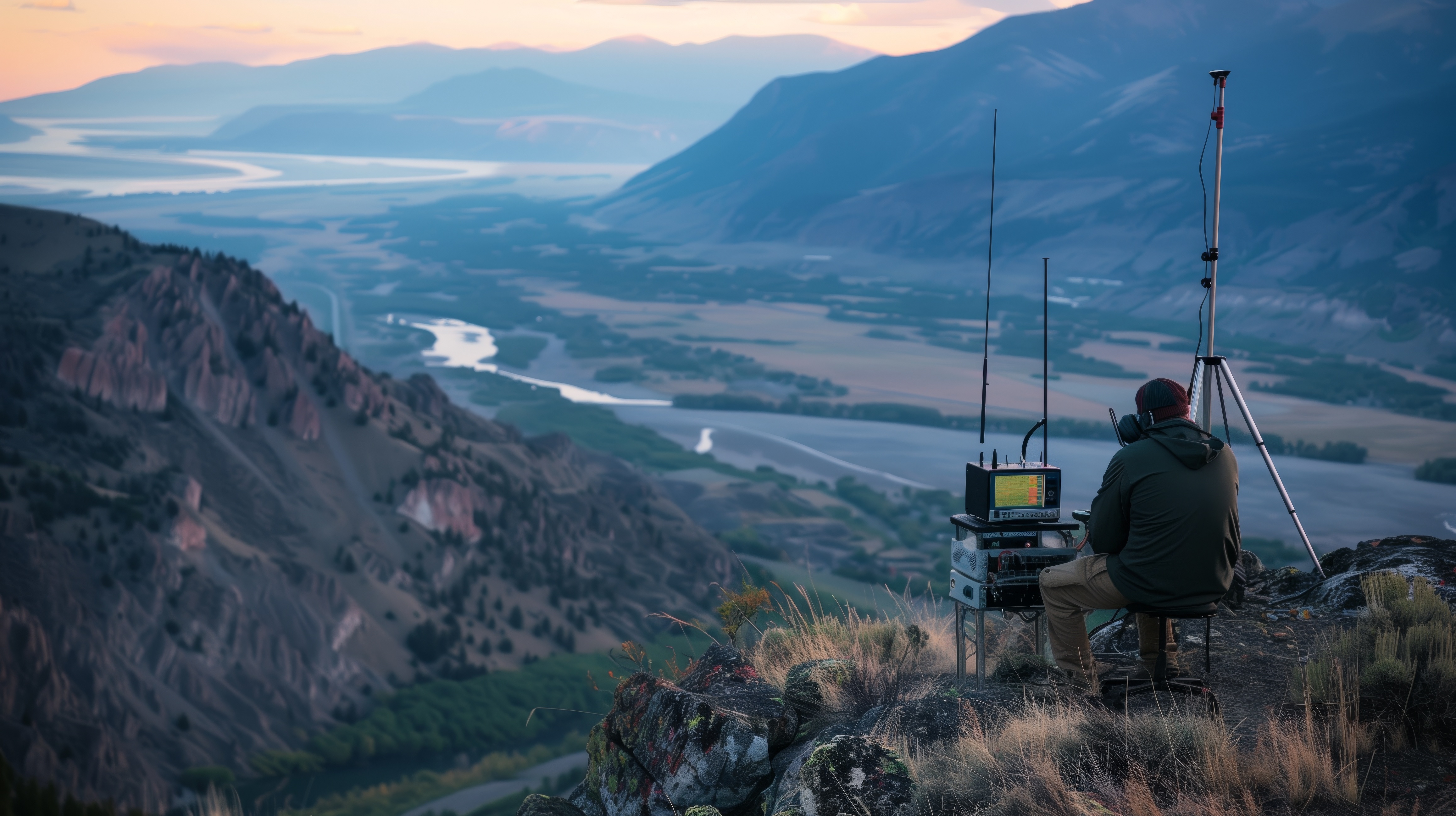 Field-Proven During the ARRL Annual Field Day
Field-Proven During the ARRL Annual Field Day
Field day is one of the most demanding amateur radio events, running for 24 hours of continuous operation. The event pushes both equipment and operators to the limit. Rugged computers help meet this challenge by enabling fast, dependable setups in tough conditions.
Preloaded with logging software and digital tools, these systems allow for rapid deployment at temporary sites. They’re ideal for managing network logs across multiple stations or controlling D-STAR nodes and Winlink gateways in real time.
Furthermore, rugged laptops reduce the risk of equipment failure due to their weather sealing, shock resistance, and long battery life. Additionally, their reliability is a significant advantage during group events where performance gaps can impact scores or emergency response. Whether running FLdigi for PSK31 or sharing logs over Ethernet, these rugged machines maintain uptime when you need it the most.
More About Digital Ham Radio: Modes that Rely on Field Computers
Before wrapping up, it’s worth taking a closer look at two digital modes that rely heavily on rugged field computers: D-STAR and Winlink.
Both D-STAR and Winlink benefit from rugged computers with built-in USB and serial ports. These connections allow direct communication with modems, radios, and node controllers, reducing the risk of failed setups during outdoor use.
Moreover, Winlink is vital for off-grid messaging. With the proper setup, operators can send formal traffic, position updates, and even email entirely over radio frequencies. Rugged laptops support this with sound card capability and long battery life to keep Winlink Express running without interruption.
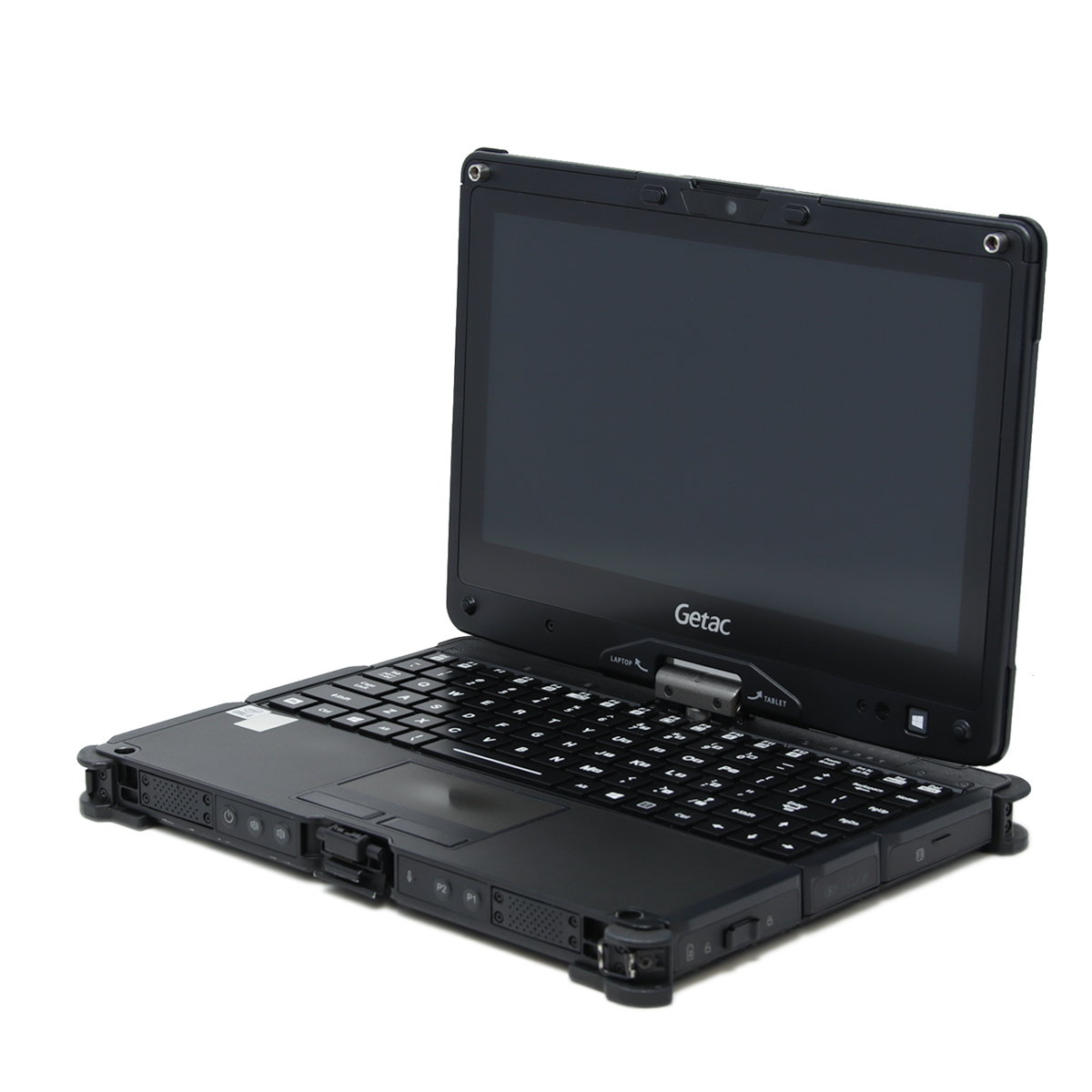 What to Look for in a Computer for Ham Use
What to Look for in a Computer for Ham Use
You want uninterrupted good times during your SOTA, POTA, and Field Day adventures. Therefore, it's worth investing in a regular laptop or tablet that won't quit when the weather turns, or your gear takes a pounding.
When choosing a rugged laptop or tablet, look for:
- Military-grade durability (e.g., Getac V110)
- Sunlight-readable touch screens (e.g., Durabook R11)
- Full I/O support including serial, USB-A, USB-C, and Ethernet (e.g., Panasonic FZ-55)
- Compatibility with ham software like WSJT-X and Winlink
Do you have questions about which rugged device is best for your adventures? Great! We’ve got answers. Contact us today, and we'll help you find a durable, field-ready laptop or tablet that fits your setup.

